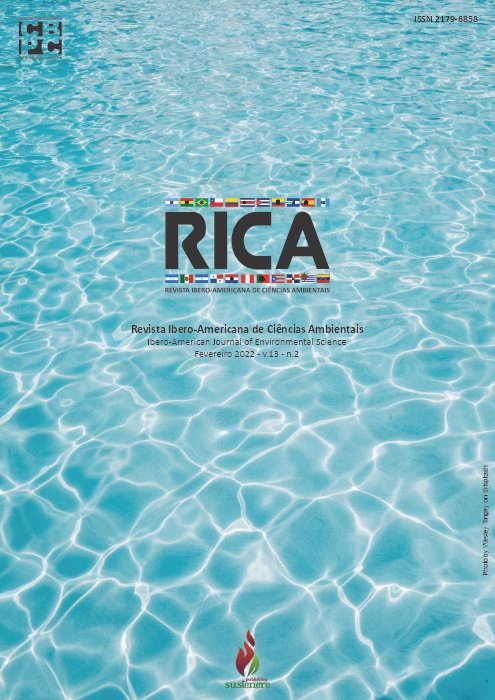Effect of percolation of surface runoff water on the clogging of permeable pavements with different permeable concretes and infiltration systems of stored water
DOI:
https://doi.org/10.6008/CBPC2179-6858.2022.002.0014Keywords:
Permeable pavement, Clogging, Permeability coefficientAbstract
Aiming at the development of technologies that add to the improvement of basic sanitation to promote better performance in the management of rainwater in cities, this study aimed to analyze the effect of percolation of surface runoff on the clogging of permeable pavements with different permeable concretes and infiltrations systems of stored water, with this understand how the permeability coefficient and, consequently, the service life of permeable pavements, are affected over time. For this purpose, nine different types of permeable pavements with different permeable concretes were sized and constructed. The difference between them was in the void rates of permeable concretes dosed by the method of Nguyen et al. (2014) with 15, 20 and 25%, as well as the pavement infiltration system, being the total infiltration system and the without infiltration. The base layer (reservoir) of the permeable pavement was dimensioned according to Silveira and Goldenfum (2007) and the subbed layer according to Becker (2018) and Zimmer (2020), and the permeable pavement were mounted inside PVC rigid pipes with 200 mm in diameter. The synthetic water used in the rain simulation was developed from a mixture of water from the public supply system, soil and yerba mate. The experiment was carried out in triplicates for each permeable pavement and consisted of total periods of accelerated rain simulation, using the methodology of Rezende et al. (2016), equivalent to 12 years for permeable pavement of permeable concrete with total infiltration and 26 years for permeable floors without infiltration. The permeability coefficient of each constituent material of permeable concrete permeable pavement was measured separately, being: subbed layer, base layer (reservoir) and permeable concrete with 15, 20 and 25% void rates. The initial permeability coefficient of permeable pavement with total infiltration was close to the permeability coefficient of the kid aggregate used to make up the subbed layer, and the permeable pavements without infiltration had their initial permeability coefficients close to those of the permeable concretes used in the coating layers. The time equivalent to clogging for permeable floors with total infiltration was 6.5, 7.8 and 9 years for those containing permeable concretes with 15, 20 and 25% of void rates, on the other hand, the permeable pavements without infiltration had their equivalent clogging time in 16.2, 18.1 and 19.4 years for the same order of void index of permeable concretes. The subbed layer is the main responsible for the reduction/end of the life of permeable pavements, thus being essential a prior evaluation of the hydraulic conductivity of the soil in which the permeable pavement will be installed, in order to be able to choose the best infiltration system to adopt.
Downloads
Downloads
Published
Issue
Section
License
Copyright (c) 2022 Ibero-American Journal of Environmental Sciences

This work is licensed under a Creative Commons Attribution-NonCommercial-NoDerivatives 4.0 International License.
The CBPC - Companhia Brasileira de Produção Científica (Brazil CNPJ: 11.221.422/0001-03) the material rights of the published works. The rights relate to the publication of the work anywhere in the world, including rights to renewals, expansions and dissemination of the contribution, as well as other subsidiary rights. All electronically published works may subsequently be published in printed collections under the coordination of this company and / or its partners. The authors preserve the copyright, but are not allowed to publish the contribution in another medium, printed or digital, in Portuguese or in translation.









